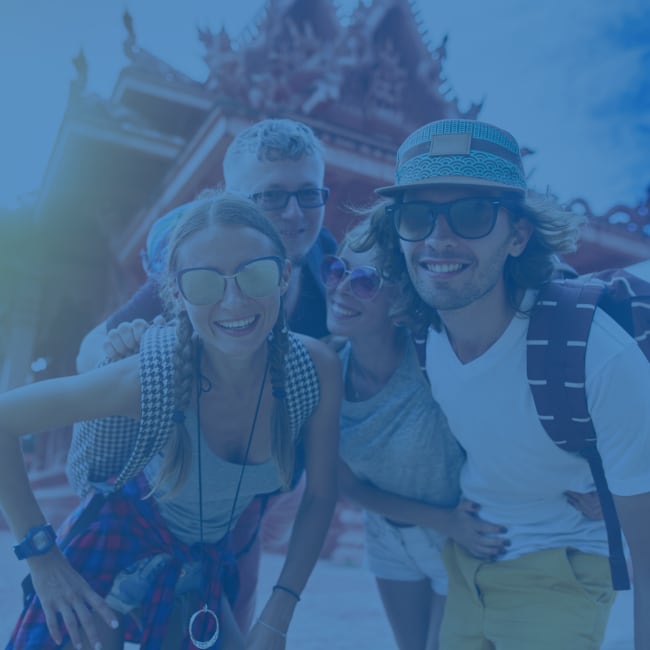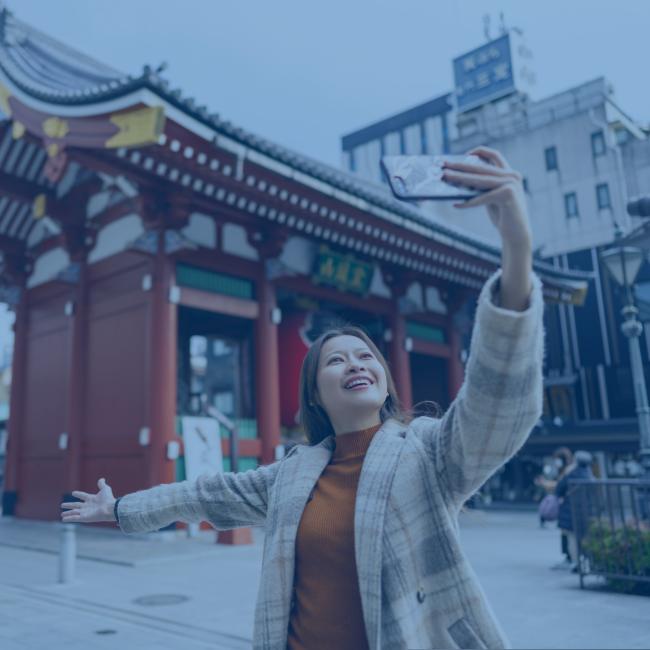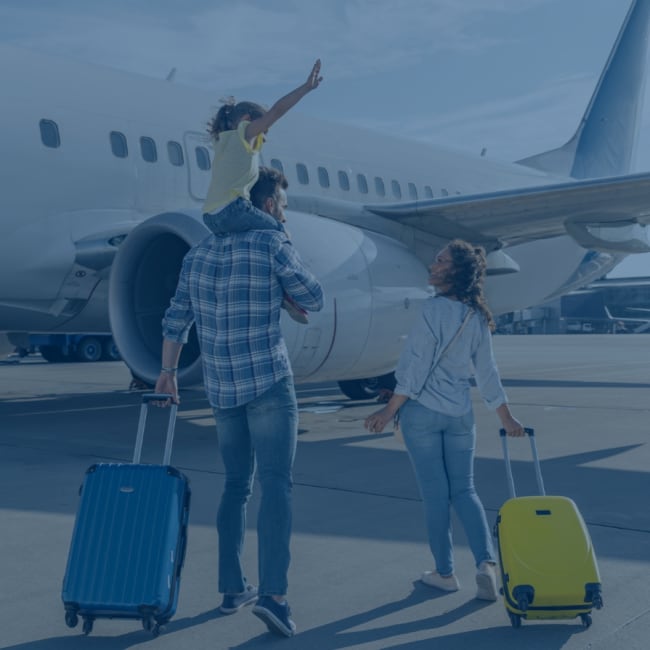Three-Tier Content Strategy for Hospitality Sites


In our last blog post, we provided guidelines for choosing your next target language(s). Another key decision when localizing your global website is which content to translate?
The first instinct for most companies is to take the blanket approach—i.e. translate everything. Indeed, it is the easiest choice from a project management perspective—there’s no selecting/tagging content, adjusting workflows, or changing the site navigation. However, unless you are trying to build brand awareness in a particular language/market, the soup-to-nuts approach is usually not the best choice. Get the most bang for your buck by focusing on specific content areas and types based on your web metrics. Even with additional UX and IT work to adjust your site, the ROI will be considerably higher than translating everything.
Tier 1: Booking Flow
It would not make sense to localize site content unless you have already localized the booking flow. However, the reverse is not true: Even without any other content available in a given language, you can leverage the localized booking flow through your distribution channels, including affiliate networks, metasearches, TripAdvisor Instant Booking, Book on Google, etc. These channels often provide their own content before sending their users directly into your booking flow (and may require the language to match first in order to do so).
72% of consumers are more likely to buy products in their native language.
- Common Sense Advisory
Booking engines are generally very affordable to localize as content volumes are low and they do not require frequent updates. Generally, the only booking content that requires special attention is the room rate description, and these can be streamlined by standardizing verbiage or replacing descriptions with icons. If that’s not possible, machine translation (MT) is an excellent option for this type of formatted content.
The primary obstacle in localizing a booking engine may not be content, but IT. Is your central reservation system (CRS) equipped to handle non-Western writing systems, especially right-to-left languages such as Arabic? Can it process user data such as names, addresses, etc. in other formats? The larger OTC CRS solutions already support these languages. However, if you are using your own system or one that doesn’t offer this functionality, you will need to research how best to go about launching these languages. One relatively quick and easy approach is to use a proxy solution, saving your IT department a lot of work.
Tier 2: Property Content
Around 60% of traffic enters a hospitality site via a property page, bypassing the brand home page completely. For small hotel groups (up to 10 hotels), property pages may account for 50% of the total website content. For larger groups, this will be the bulk of your content—over 95% for the major global chains—making this a high-priority area for localization.
Generally, the minimum language requirement for travel sites is to offer English for international travelers and the local language for in-market travelers. After all, individual properties cater to specific markets, with a strong slant to local or regional traffic. However, this model has its limits. Not every international target group is comfortable with English, and even visitors who are fluent in English will favor their first language if it’s available through other sources. For example, online travel agents (OTAs)—Booking.com, Priceline.com, etc.—generally localize their listings into a slew of other languages.
As we touched upon in our previous article, a good rule of thumb is to look at your web analytics for each property page and identify other languages preferred by your users, even if they’re already looking and even booking on your site in one of the languages you already offer. This may be a good sign that you could significantly grow your bookings in this market if you offer your visitors’ preferred language.
Tier 3: Brand, Offers & Destination Content
Brand: The power of the brand continues to grow. According to recent studies, millennials are the most brand-loyal generation yet. The brand also has a key advantage when competing with OTAs: Booking is part of the hotel experience and it provides brands the opportunity to immerse customers in that experience.
Naturally, you have put a lot of time and effort into building your online brand experience. This is a very emotional experience and it is very hard, if not impossible, to reach someone on an emotional level in a language that is not their own.
However, depending on the number of languages you offer, it can be cost-prohibitive to localize all branded content for smaller markets. Unless you are specifically building brand awareness in a market, you can skip translating branded content altogether or take a more incremental approach by creating a light version of your site with only a home page, offer templates, and required legal content.
Thanks to online acquisition channels, the combined total visits that start on a property or offers page is usually higher than those entering via the home page, typically accounting for around 60% of your traffic.
Offers: Do localize your landing page templates so the regional or global digital acquisition team will have the necessary tools to attract users in a given market. These can link directly into the booking flow and/or property pages.
Destination Content: While destination content is valuable for SEO and increasing engagement by enhancing the stickiness of your site, it tends to be text heavy, and expensive to create and localize. Same as with the property content approach, localize only the relevant destinations per market and/or consider using machine translation.



